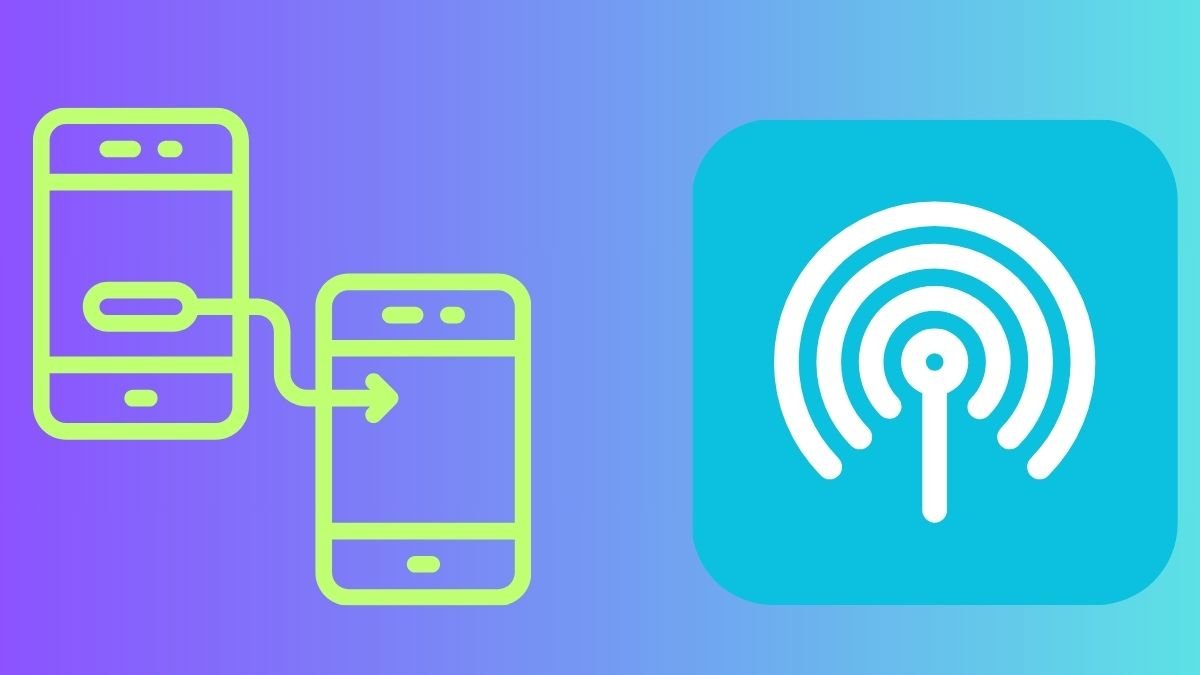Tethering and hotspot are two methods that enable users to share their mobile device’s internet connection with other devices. Tethering involves connecting one device to another using a USB cable or Bluetooth, turning the connected device into a modem. On the other hand, a hotspot allows multiple devices to connect wirelessly to a mobile device, turning it into a portable router.
In the modern era, mobile connectivity has become indispensable, impacting various aspects of our daily lives. From remote work and virtual meetings to entertainment on the go, the need for a reliable internet connection is paramount.
Table of Contents
Tethering vs Hotspot Comparison Table
| Feature | Tethering | Mobile Hotspot |
| Cost | Free (usually) | Requires purchase |
| Convenience | Simple, phone-based | Dedicated device |
| Battery life | Phone’s battery | Dedicated battery |
| Wi-Fi signal | Varies with phone | Often stronger |
| Device compatibility | Limited by phone model | Supports various devices |
| Data usage | Can quickly drain data | Requires separate data plan |
Pros and Cons of Tethering
i. Flexibility and Convenience
Tethering offers the flexibility of a wired connection and is convenient for users who prefer a physical link between devices. It eliminates the need for additional hardware, making it a straightforward solution.
ii. Data Consumption
However, tethering may consume more data compared to a hotspot, as the connection is dedicated to a single device. This can be a drawback for users with limited data plans.
iii. Speed Limitations
Tethering speed is dependent on the connected device’s capabilities and the type of connection established. It may experience limitations in speed compared to a hotspot.
iv. Device Compatibility Issues
Tethering compatibility may vary between devices, and users might face challenges connecting devices with different operating systems.
Pros and Cons of Hotspot
i. High-Speed Internet Access
A hotspot provides high-speed internet access to multiple devices simultaneously, making it an ideal choice for users with multiple gadgets.
ii. Battery Consumption
However, using a hotspot can drain the mobile device’s battery quickly, impacting its overall battery life.
iii. Limited Device Connections
Hotspots may have limitations on the number of devices that can connect simultaneously, affecting their suitability for larger groups.
iv. Coverage Area
The coverage area of a hotspot is generally limited to a specific range, and users may experience connectivity issues outside this range.

Tethering vs Hotspot: Which is Right for You?
The choice between tethering and hotspot ultimately depends on personal preferences and usage scenarios. If you prefer a wired connection with fewer devices, tethering might be a suitable option. On the other hand, if you have multiple devices and value wireless flexibility, a hotspot could be the better choice.
- Business Professionals
Business professionals requiring a secure and stable connection for remote work may find tethering beneficial. Meanwhile, those needing internet access for multiple devices during meetings or presentations might prefer a hotspot.
- Travelers
Travelers who require internet connectivity on the go might lean towards a hotspot for its wireless convenience. Tethering can be useful when a stable connection is essential and the traveler has a single device to connect.
- Students
Students may opt for tethering when working on assignments on their laptops, while a hotspot can be handy during group study sessions when multiple devices need internet access.
Tips for Optimizing Tethering and Hotspot
i. Software Updates
Regularly update your device’s software and hotspot/tethering settings to ensure optimal performance and security.
Ii. Signal Strength
Choose a location with strong signal strength to enhance the stability and speed of your tethering or hotspot connection.
iii. Data Usage Monitoring
Keep an eye on your data usage to avoid exceeding your plan’s limits. Set data usage alerts to receive notifications when nearing your limit.
Tethering and Hotspot Myths
Addressing common myths surrounding tethering and hotspots will help users make informed decisions based on accurate information.
Future Trends in Mobile Connectivity
As technology continues to advance, the future of mobile connectivity looks promising. The integration of 5G technology will further enhance the speed and capabilities of both tethering and hotspot options.
Conclusion
In conclusion, the choice between tethering and hotspot depends on individual preferences, device compatibility, and specific use cases. Both methods offer unique advantages, and understanding their pros and cons can empower users to make the right decision for their wireless connectivity needs.
FAQs: Tethering vs Hotspot
1. Can I use both tethering and hotspot on my smartphone simultaneously?
No, smartphones generally allow you to use either tethering or hotspot at a given time.
2. Are there any limitations on the number of devices that can connect to a hotspot?
Yes, the number of devices that can connect to a hotspot simultaneously depends on the device and its specifications.
3. Is tethering more secure than using a hotspot?
Both tethering and hotspots offer encryption measures, but users should exercise caution and use strong passwords for enhanced security.
4. Can I use tethering or hotspot internationally without additional charges?
It depends on your mobile carrier and the terms of your data plan. Check with your carrier regarding international usage.
5. What is the future outlook for mobile connectivity, and how will it impact tethering and hotspots?
The integration of 5G technology is expected to revolutionize mobile connectivity, offering faster speeds and more reliable connections for both tethering and hotspots.
Recommended Reading: What is a Network Security Key for WiFi? How to Find and Change Your Wireless Password





